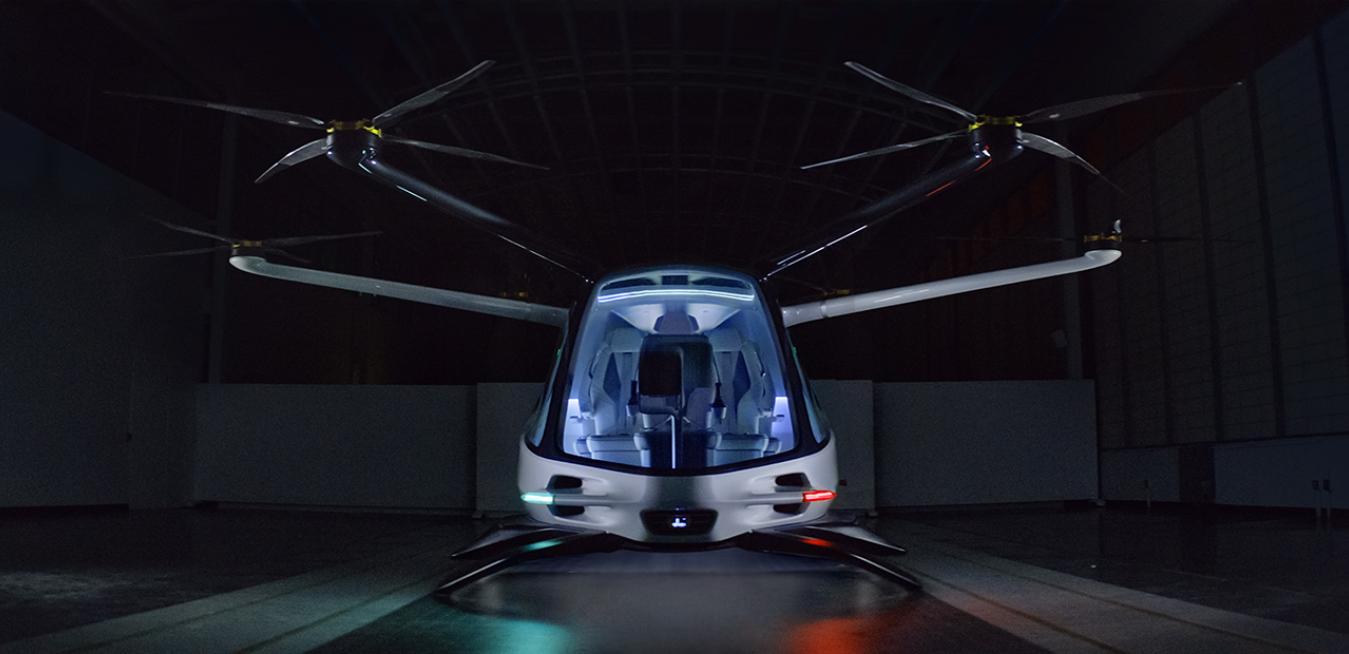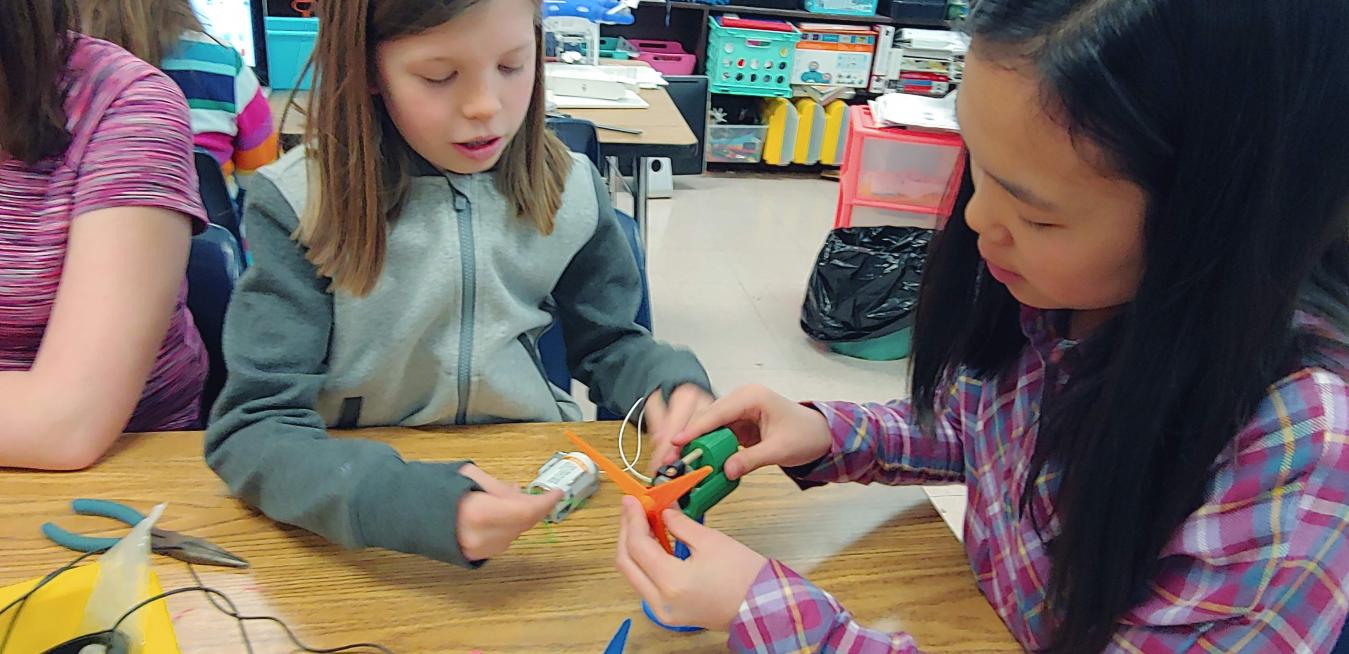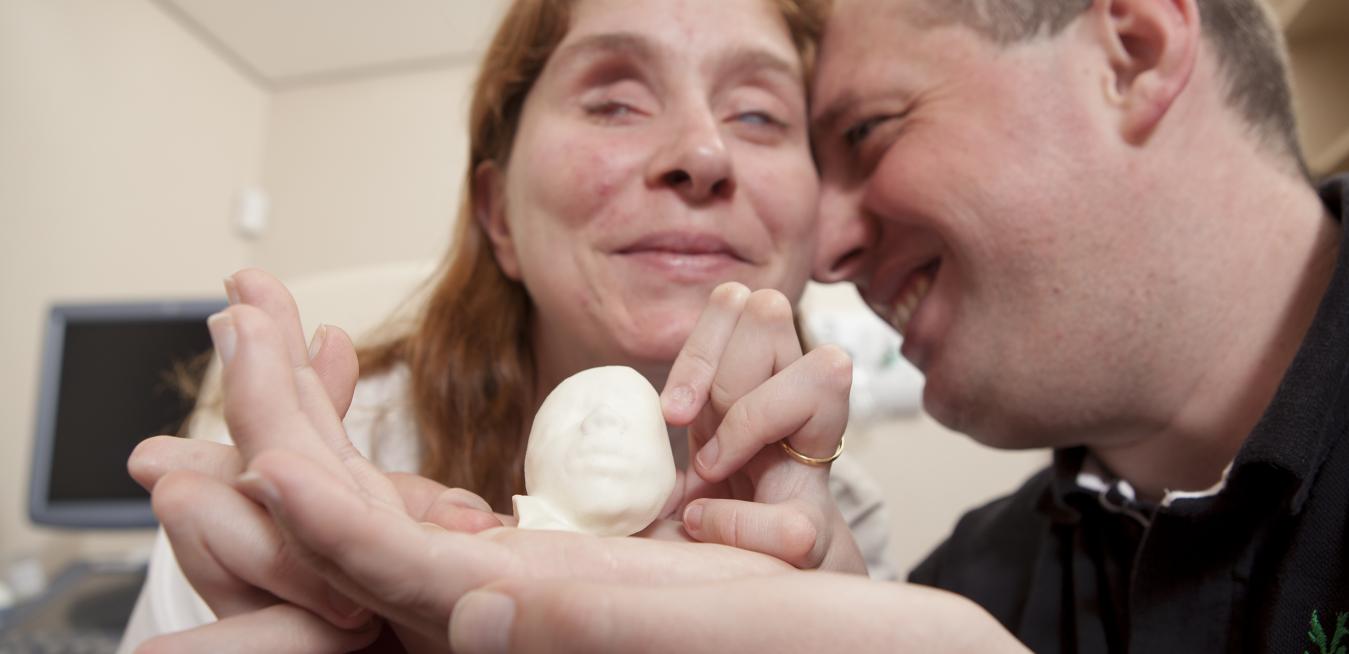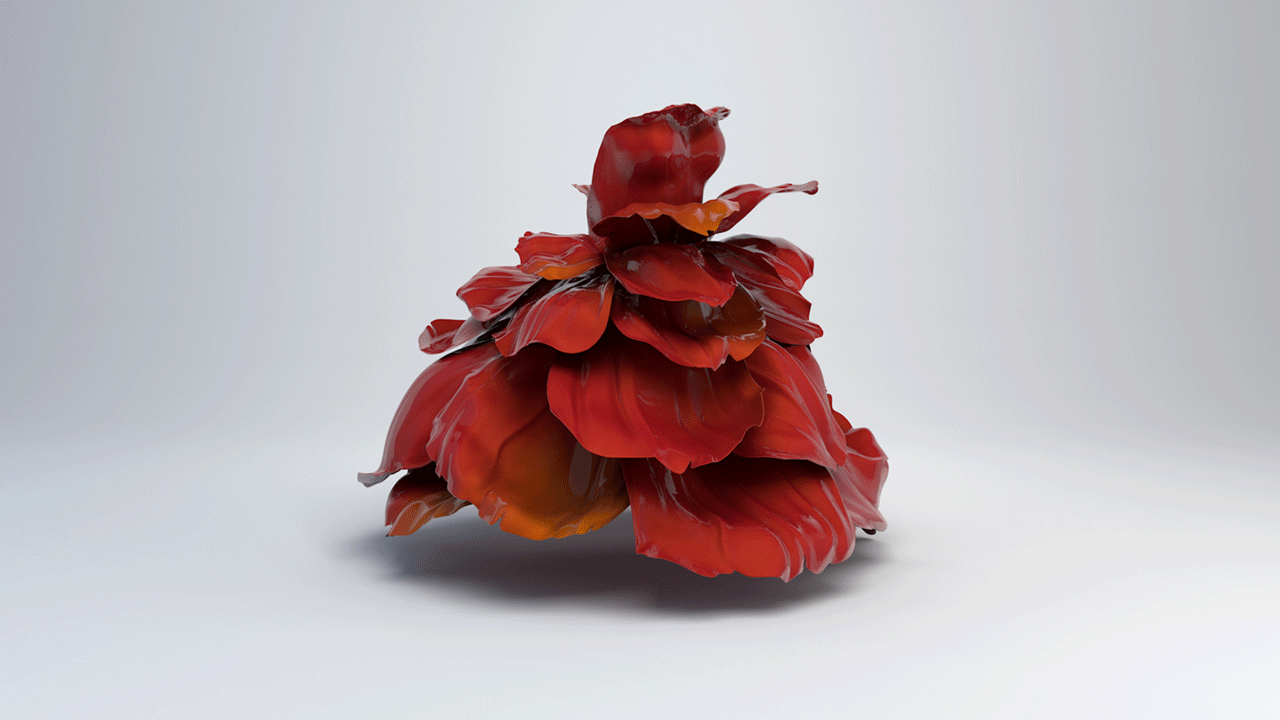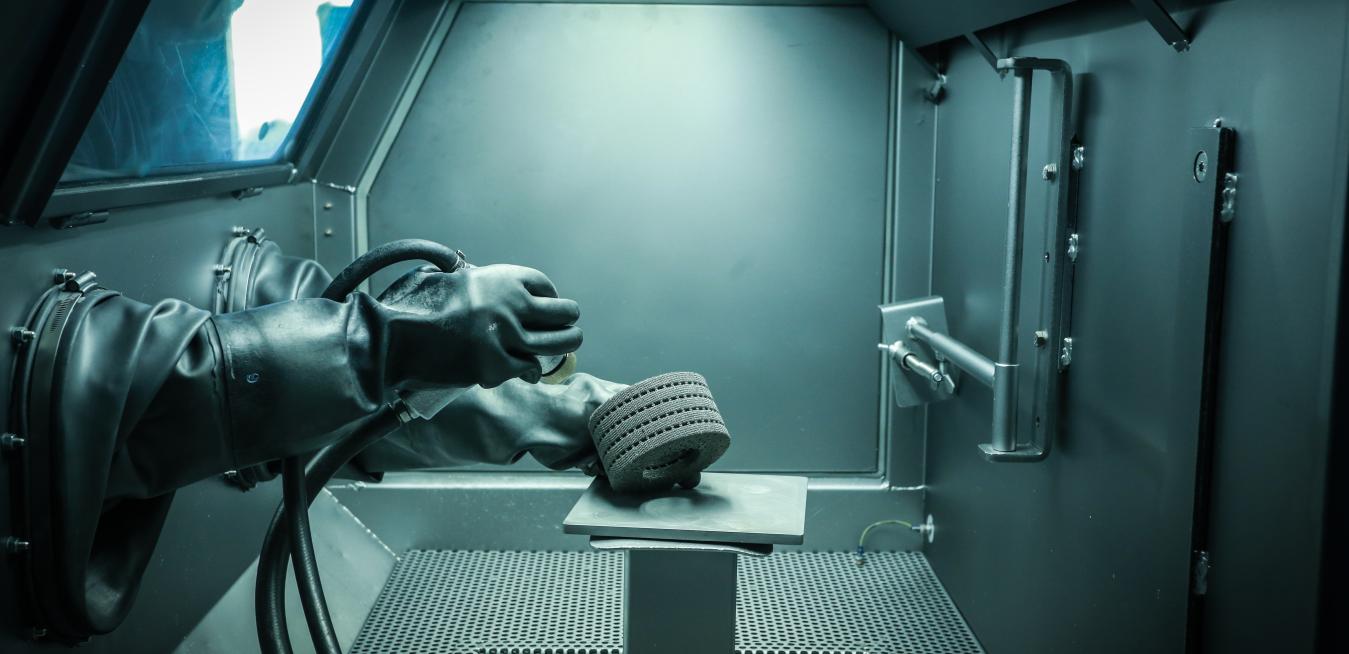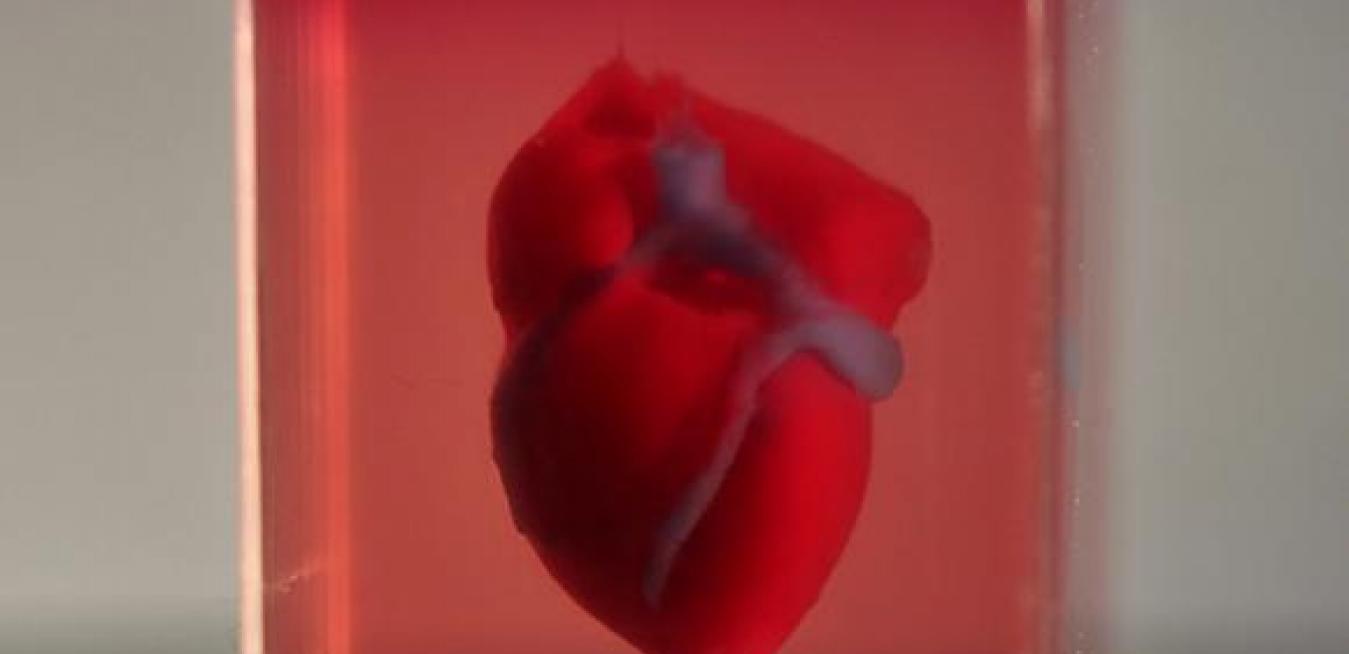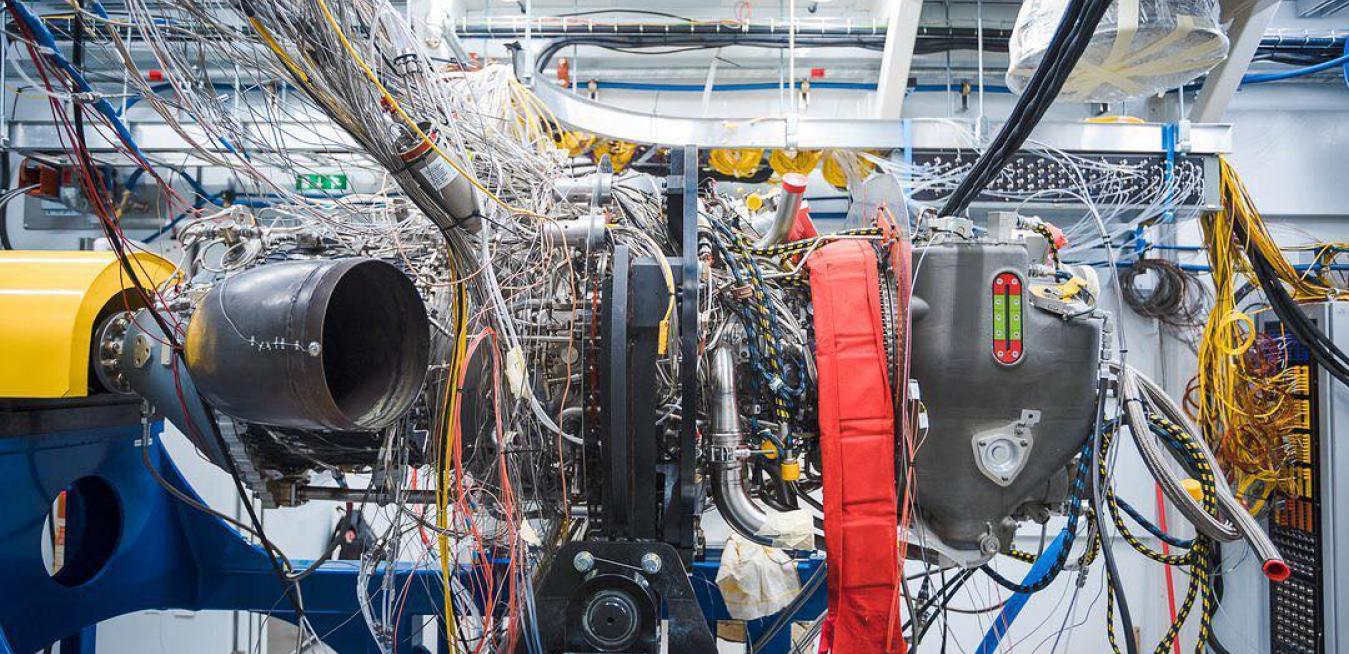Scientists devised a microscopic “submarine” that could ply the deepest interiors of the human body, delivering drugs to the exact places they’re needed, while engineers built a prototype of an “air taxi” powered by hydrogen fuel cells, and astronauts on board the International Space Station studied the effect of cosmic radiation on DNA. We’re way past planes, trains, and automobiles in this week’s coolest scientific discoveries.
Both Ana Paula and Alvaro, who live in São Paulo, Brazil, are legally blind. Their son, Davi Lucas, was strong and healthy, but there was no way their eyes could see the first grainy glimpses of their baby on the ultrasound monitor.
"When British supermodel Jourdan Dunn stepped onto the red carpet at the Met Gala Monday night, the crowd rustled with excitement. Dunn was wearing a blood-red gown in the shape of a rose. Lacquered and stiff, the dress looked like freshly poured hard candy. The glossy petals shone in the spotlight, revealing complex layers of folds and velvety swirls that conveyed a vibrant flower in full bloom. But this gown was no ordinary high-fashion affair spun from a confection of silks.
A new kind of immunotherapy could be effective against colorectal cancer, 3D-printed digital microscopes could diagnose disease anywhere in the world, and 3D-printed living tissue could help treat disease way out of this world — even on Mars. Astronauts could also bioprint their own meat. Hungry for more of this week’s coolest scientific news? We’ve got a veritable bio-buffet.
Nestled in the rolling hills of the Po Valley, the small town of Cameri looks like a postcard Italian village, complete with a classic piazza surrounded by traditional-style buildings and a church. It’s a startling contrast, then, that less than a mile from the center of this village sits a major hub of aerospace innovation, anchored by one of largest 3D-printing factories in the world. Operated by Avio Aero, a GE Aviation company, the plant makes the arm-sized blades for the GE9X engine, the world’s largest jet engine.
Scientists are using 42,000-year-old DNA to try to clone an extinct horse, they’re harnessing human cells to 3D-print a functional heart for transplant, and they’ve figured out a way to construct a DNA material capable of metabolism — that’s to say, it contains some of the properties of life. There’s a lot of trippy stuff going on in this week’s coolest scientific discoveries, but here’s the bottom line: It’s aliiiiiiiiiiiiive!
A new device could bring DNA analysis to the bedside, 3D-printed tumors could help doctors attack cancer, and a know-it-all sensor that listens to electricity could spot a short in your home before you lose power. This week’s science news haul is pretty powerful.
When you first see it, GE’s new Catalyst turboprop engine looks a little like a piece of captured alien technology. Strapped to a metal bed inside a concrete hangar on the outskirts of Prague, the gray metal machine bristles with some 500 silver cables connected to external and internal sensors.
